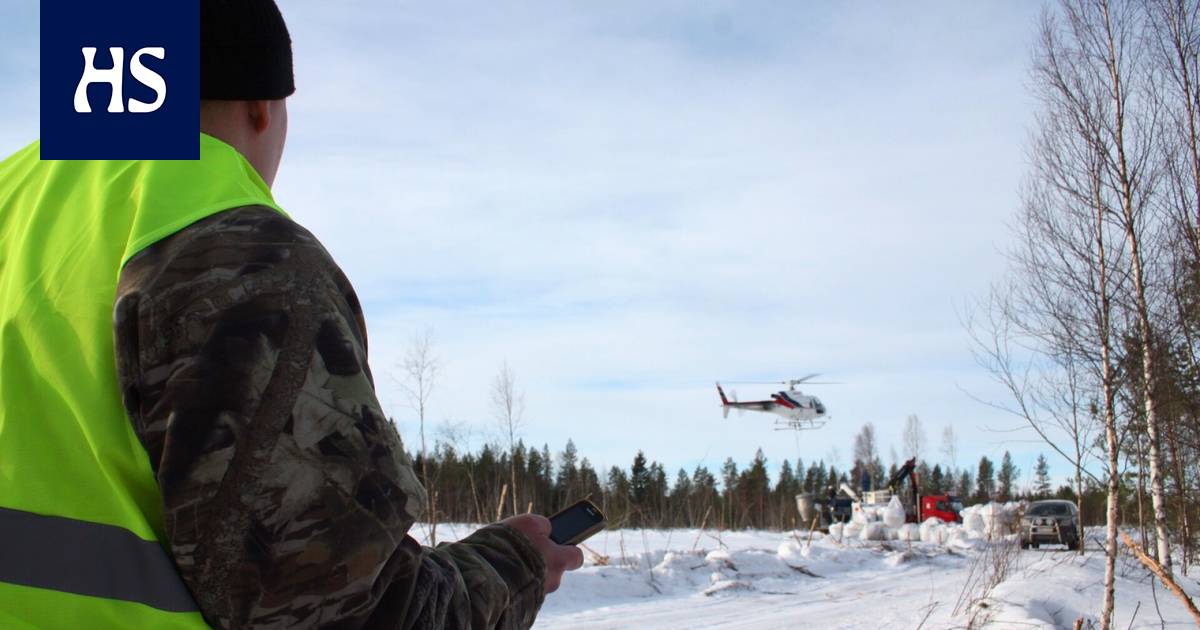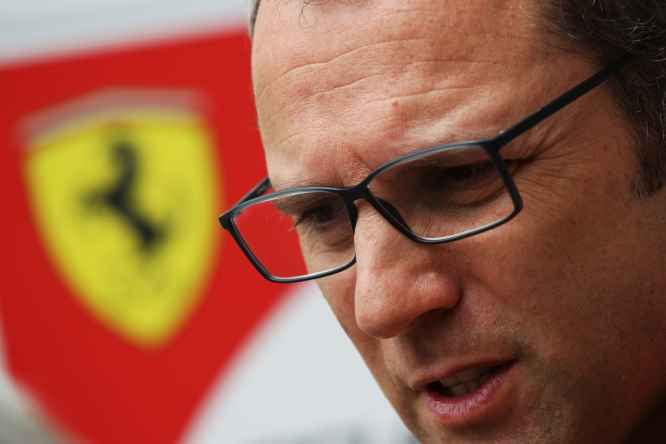A permit is proposed for manure and other biomass as forest fertilizer.
Fertilization would be one way to speed up the growth of forests and carbon sequestration, both of which have been worried about their decline.
However, Russia’s attack on Ukraine brought with it a shortage of nitrogen fertilizers and it is not worth sowing scarce and expensive fertilizers in forests.
At the same time, on many animal farms, excess manure is a problem.
Nitrogenous manure could be one option for forest fertilizer, but manure must not be used to fertilize forests.
“Manure cannot be used in the forest, but if the forest is first cleared for a field, the manure can be spread there,” explains the research professor Pasi Rautio Natural resources center from Luke.
Today in the policy recommendations announced on Friday, Luke proposes that fertilizers made from manure, various grass and other green masses, sewage sludge and other biomasses be allowed to be used in forests.
The change would be the main author of the report, the researcher The fairy tale of Ervast relevant now that the fertilizer regulation is in any case being revised next year. In the current regulation, the use of biomass as fertilizer is limited only to field and garden use, as well as to landscaping and the maintenance of green areas.
According to Luke, forest use of agricultural or industrial biomass would be circular economy at its best: it would promote the recycling of nutrients and the utilization of organic side streams.
In the forest manure or other biomasses would not be used as fertilizer as such.
The biomass should first be cleaned of harmful substances and then the water removed, i.e. get the manure into a drier form.
“Another option is to take only the nutrients from the biomass. That is, instead of removing all kinds of disadvantages, we only extract the nutrients from the biomass,” says Ervasti.
In any case, the final fertilizer would be various granules or pellets that could be spread from a helicopter or forest tractor.
Fertilizer granules can be spread in the forest by, for example, a helicopter.
Human sewage waste in particular can contain drug residues, antibiotic-resistant microbes, hormones and other harmful substances. Some biomasses may also contain microplastics. On the other hand, it is already possible to make recycled fertilizers for agriculture from animal and human waste.
“However, forests are a slightly different environment. The effects of harmful substances are not so well known there, because their use has not been allowed. In the forest, the microbiome of the soil is different and the entire ecosystem is different in general,” says Ervasti.
It must also be ensured that harmful substances do not end up in natural waters along with fertilizers.
Biomasses in addition to nutrient recycling, forest use could also have climate benefits.
Manure itself produces climate emissions, so it makes sense to use it. Fossil natural gas is used in the manufacture of artificial fertilizers, which means that it also produces a lot of climate emissions.
Climate emissions would decrease if artificial fertilizers could be replaced with pellets made from manure.
“Of course, this requires that emission-free energy is used in manure drying and other processing,” says Ervasti.
In addition, fertilizing forests could increase their carbon sequestration.
Manure all kinds of sanitization, processing, drying and, of course, transportation costs money. It has been difficult to make recycled fertilizers profitable.
One obstacle to the utilization of manure has been the strict regional differentiation of Finnish agriculture: animal farms are on one side and crop cultivation on the other. It has not been profitable to transport manure from animal farms to grain farms. Cattle farms are concentrated in the provinces of Ostrobothnia, broiler and pig farms in Varsinais Suomi, Satakunta and South Ostrobothnia.
In the case of forest use, the situation may be different.
“We have forests everywhere. In other words, the need and supply of fertilizers could be made to work locally without long transport distances,” says Ervasti.
Allowing manure pellets as forest fertilizer is still not necessarily a solution to the fact that fields are still being cleared for manure application, because manure should still not be spread in the forest as it is.
“In any case, the manure should first be transported to a centralized facility for processing. So I don’t see that there will be any huge boom in fertilizing forests with manure. In particular, it would be good to allow forest use now, so it is possible if a good combination is created in this matter in some area,” says Ervasti.
Before allowing forest use, in addition to harmful substances, it should also be determined whether nitrogen fertilization will cause runoff into water bodies or nitrogen emissions into the air. Excess nitrogen in the air is air pollution, it eutrophicates water bodies.
Now artificial fertilizers made from natural gas are used to fertilize mineral forests, i.e. forests on hard soils, because they need nitrogen. Fertilization is applied to the forest once, about ten years before the final felling.
Instead, peatland forests need phosphorus and potassium. Therefore, ash fertilization is used in peatland forests.
Fertilization is used to increase the growth of trees.
Forests were fertilized extensively, especially in the 1970s, but since then fertilization has waned. In the 21st century, less than 10 percent of commercial forests have been fertilized, which means that tens of thousands of hectares of forests have been fertilized every year.
Last year, 24 million euros were spent on fertilizing forests in Finland.
#Environment #spread #manure #Finlands #forests #speed #growth #forests





/s3/static.nrc.nl/wp-content/uploads/2024/04/web-2604buisolskyi.jpg)


